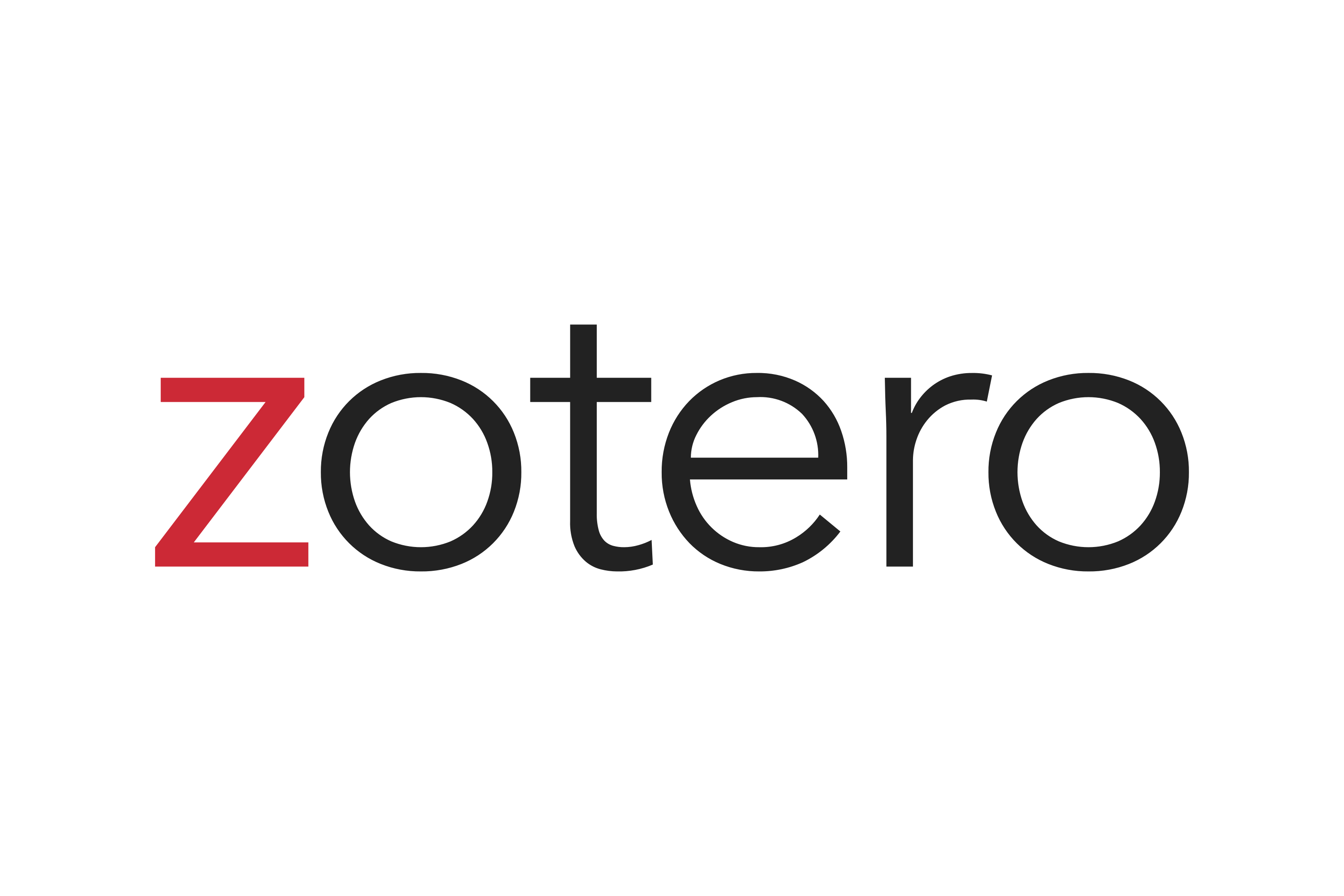ESKATOLOGI ISLAM DALAM AL-QUR’AN
Studi I‘jāz Balāgī atas Ayat-ayat Eskatologi
DOI:
https://doi.org/10.32678/alfath.v16i2.9661Kata Kunci:
Eskatologi, , i‘jāz balāgī, Al-Qur’anAbstrak
Masalah kaitannya dengan ajaran dasar teologi Islam adalah bahwa konsep eskatologi dianggap sebagai sesuatu yang mustahil terjadi karena di luar nalar dan pengalaman manusia sehingga manusia menafikan keimanan terhadapnya. Upaya untuk mengatasi masalah tersebut adalah dengan menggali secara lebih dalam dengan merujuk pada Al-Qur’an melalui kajian balāgah al-Qur’ān atau i’jāz balāgī. Artikel ini menganalisis bagaimana penafsiran i‘jāz al-balāgī ayat-ayat eskatologi menurut para mufasir. Desain penelitian yang digunakan adalah deskriptif analisis dengan metode penelitian pustaka dan pendekatan kualitatif. Hasil dari penelitian ini menunjukkan bahwa pendeskripsian konsep eskatologi Islam dalam Al-Qur’an cukup banyak dan jelas. Seluruh aspek balāgī yang meliput pada ayat-ayat eskatologi menghasilkan uslūb yang padat sastra dan penuh keindahan sehingga menghasilkan makna yang memiliki efek persuasif yang kuat. Oleh karena itu, keimanan manusia akan konsep eskatologi harus dibangun kembali dan diyakini sebagai bagian dari ajaran teologi yang dibuktikan dengan pengamalan taqwa.
Unduhan
Referensi
ʿAbd al-Bāqī, Muḥammad Fuʾād. al-Muʿjam al-Mufahras li Alfāẓ al-Qurʾān al-Karīm (Beirut: Dār al-Fikr, 1364.
al-Asyqar, ’Umar Sulaiman. Ensiklopedia Kiamat: Dari Sakratulmaut Hingga Surga-Neraka, trans. Irfan Salim, Hilman Subagyo, and Fanis Ismail. Jakarta: Serambi Ilmu Semesta, 2011.
al-Ṣābūnī, Muḥammad ‘Alī. Ṣafwat Al-Tafāsīr. Jakarta: Pustaka al-Kautsar, 2011.
al-Zamakhsyarī, Maḥmūd ibn ‘Umar. al-Kasysyāf ‘an Ḥaqā’iq al-Tanzīl wa ‘Uyūn al-Aqāwīl fī Wujūh al-Ta’wīl. Beirut: Dar al-Marefah, 2009.
al-Zuḥailī, Wahbah. Tafsir Munir, trans. Abdul Hayyie al-Kattani dkk (Depok: Gema Insani, 2013.
Faisol. Cara Mudah Memahami Kaidah Ilmu Shorof. Malang: UIN Maliki Press, 2020.
Fathurahman, Asep dan Mira Rubiawati. “Analisis Makna dan Fungsi Huruf Wawu dalam Surat Yaasiin dan Ar-Rahman Serta Implikasinya dalam Pembelajaran Nahwu.” Jurnal Pendidikan BASIS Bahasa Arab dan Studi Islam 1, no. 1 (March 2017).
Hadiyanto, Andy, dan Umi Khumairoh. “Makna Simbolik Ayat-Ayat Tentang Kiamat Dan Kebangkitan Dalam Al-Qur’an.” Hayula: Indonesian Journal of Multidisciplinary Islamic Studies 2, no. 2 (July 31, 2018.
Ḥusain Salāmah, Muḥammad. al-I‘jāz al-Balāgī fī al-Qur’ān al-Karīm (Kairo: Dār al-Āfāq al-‘Arabīyah, 2002.
Marhan, S. Royani. Kiamat dan Akhirat: Panduan Ringkas Mengenal Kehidupan Abadi setelah Mati. Jakarta: PT. Penerbit Erlangga Mahameru, 2012.
Mukmin, “Ketinggian Sastra Al-Qur’an Dan Kaidah Memahami Ayat-Ayat Pada Aspek Tekstual-Kontekstual” (Prosiding Konferensi Nasional Bahasa Arab IV, Universitas Negeri Malang, 2018), http://prosiding.arab-um.com/index.php/konasbara/article/view/322.
Muzakki, Akhmad. Stilistika Al-Qur’an: Memahami Karakteristik Bahasa Ayat-Ayat Eskatologi. Malang: UIN Maliki Press, 2015.
Nurbayan, Yayan. Kamus Ilmu Balaghah. Subang: Royyan Press, 2019.
Rosada, Bintang. “Analisis Konstrastif Huruf ‘Athaf (Bahasa Arab) Dan Konjungsi (Bahasa Indonesia).” El-Jaudah: Jurnal Pendidikan Bahasa dan Sastra Arab 1, no. 1 (September 19, 2020).
Setyowati, Novi, dkk. “Eskatologi Islam Dalam Syair Ibarat Dan Khabar Kiamat,” Jurnal SMART (Studi Masyarakat, Religi, dan Tradisi) 3, no. 2 (December 29, 2017).
Yayasan Penyelenggara Penterjemah/Pentafsir Al-Qur’an, Al-Qur’ān al-Karīm Wa Tarjamat Ma‘ānīh Ilā al-Lugat al-Indūnīsīyah. Jakarta: Departemen Agama RI, 1971.
Zakariyya al-Kandhalawi, Muhammad. Kitab Fadhilah Amal, trans. Maulana Muhammad Shiddiq. Bandung: Pustaka Ramadhan, 2001.
##submission.downloads##
Diterbitkan
Cara Mengutip
Terbitan
Bagian
Lisensi
Hak Cipta (c) 2023 Ridotul Inayah

Artikel ini berlisensiCreative Commons Attribution-ShareAlike 4.0 International License.
Copyright Notice

Al-Fath: http://jurnal.uinbanten.ac.id/ is licensed under a Creative Commons Attribution-ShareAlike 4.0 International License
An author who publishes in Al-Fath agrees to the following terms:
- Author retains the copyright and grants the journal the right of first publication of the work simultaneously licensed under the Creative Commons Attribution-ShareAlike 4.0 License that allows others to share the work with an acknowledgment of the work's authorship and initial publication in this journal
- Author is able to enter into separate, additional contractual arrangements for the non-exclusive distribution of the journal's published version of the work (e.g., post it to an institutional repository or publish it in a book) with the acknowledgment of its initial publication in this journal.
- Author is permitted and encouraged to post his/her work online (e.g., in institutional repositories or on their website) prior to and during the submission process, as it can lead to productive exchanges, as well as earlier and greater citation of the published work (See The Effect of Open Access).
Privacy Statement
The names and email addresses entered in this journal site will be used exclusively for the stated purposes of this journal and will not be made available for any other purpose or to any other party.










